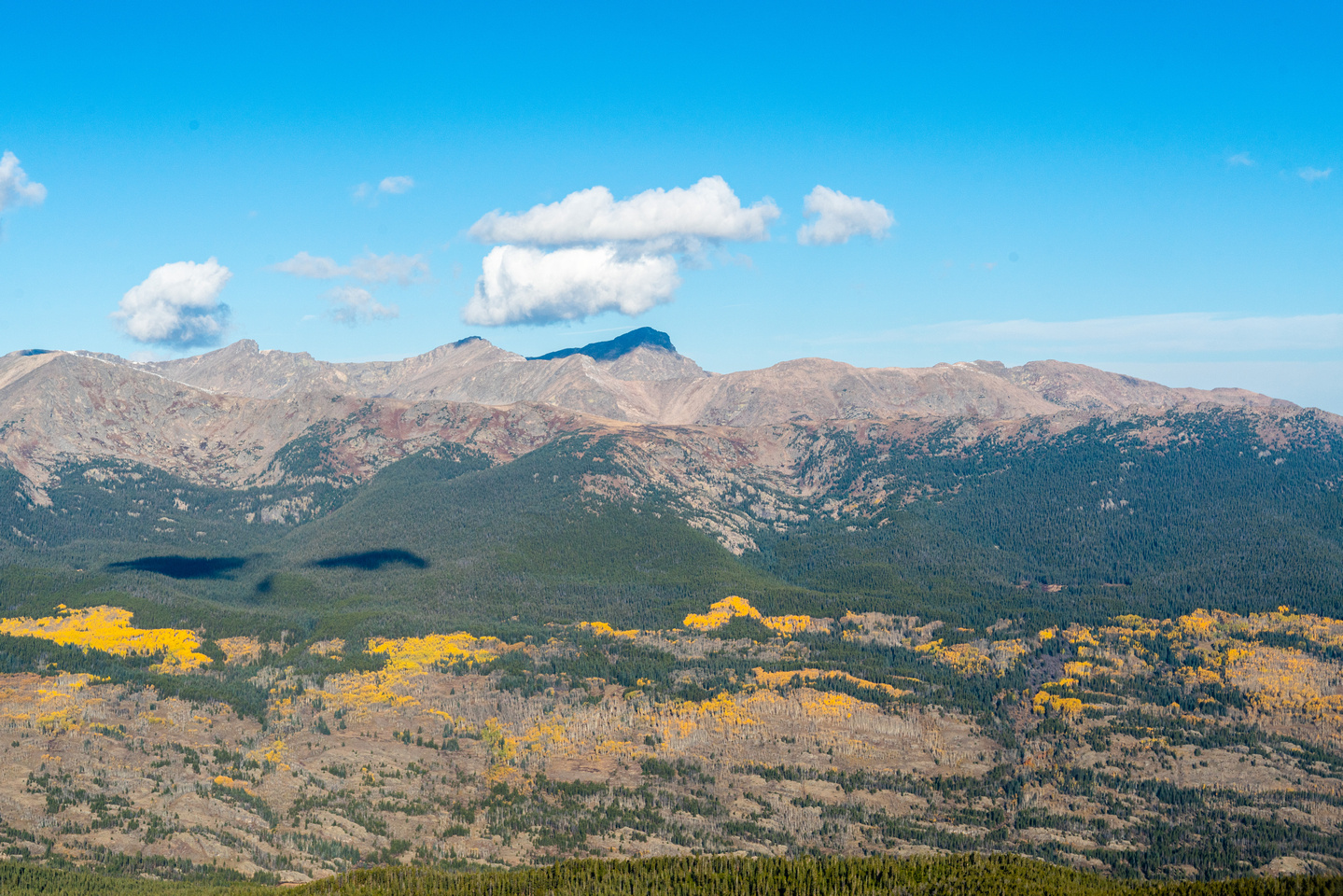
What is a National Monument?
How is a monument different from a national park or other protected land?

President Joe Biden has designated three new monuments, Camp Hale-Continental Divide last October, and Castner Range and Avi Kwa Ame on Tuesday. Here are some frequently asked questions about national monuments?
How does the president create a national monument?
The Antiquities Act, passed by Congress and signed by Pres. Theodore Roosevelt in 1906, gives U.S. presidents the authority to designate national monuments to preserve “cultural and natural resources of historic or scientific interest on federal lands.”
Monuments can be created from federally controlled or owned land, including land owned by the Forest Service, Bureau of Land Management or Department of Defense.
Typically, the proclamation to declare a national monument involves input from several interested parties including local organizations, indigenous tribes, elected officials such as members of Congress, archaeologists and scientists.
Who is in charge of a national monument once it’s been created?
National monuments can be managed by different federal agencies. Many are managed by the National Park Service but some, including Camp Hale-Continental Divide, are managed by the National Forest Service. The Department of the Army will run the newly designated Castner Range.
What is allowed in national monuments?
The short answer: It depends on the monument. The long answer is that typically new drilling, mining or grazing is not allowed in monuments, though existing leases and mineral rights are often recognized and recreation activities are usually permitted as long as they don’t damage the historic features or natural resources that the monument exists to protect. Each monument has a management plan that specifies which activities are allowed and where. Our three newest monuments do not yet have management plans in place.
Where are our national monuments?
There are more than 80 national monuments in 29 states plus the District of Columbia and the Virgin Islands, and they range from Alaska’s Cape Krusenstern north of the Arctic circle to historic sites such as the Booker T Washington monument in Virginia. You can find the closest national monument to you on the National Park Service website.

Photo by National Park Service | Public Domain
Natural Bridges National Monument, Utah

Photo by National Park Service | Public Domain
Pipestone National Monument, Minnesota

Photo by National Park Service | Public Domain
Craters of the Moon National Monument, Idaho
Topics
Authors
Ellen Montgomery
Director, Public Lands Campaign, Environment America
Ellen runs campaigns to protect America's beautiful places, from local beachfronts to remote mountain peaks. Prior to her current role, Ellen worked as the organizing director for Environment America’s Climate Defenders campaign. Ellen lives in Denver, where she likes to hike in Colorado's mountains.
Find Out More

EPA report says pesticides endanger wildlife

Why we should save the bees, especially the wild bees who need our help most

Why Alaska’s NPR-A, site of the Willow Project, deserves protection


